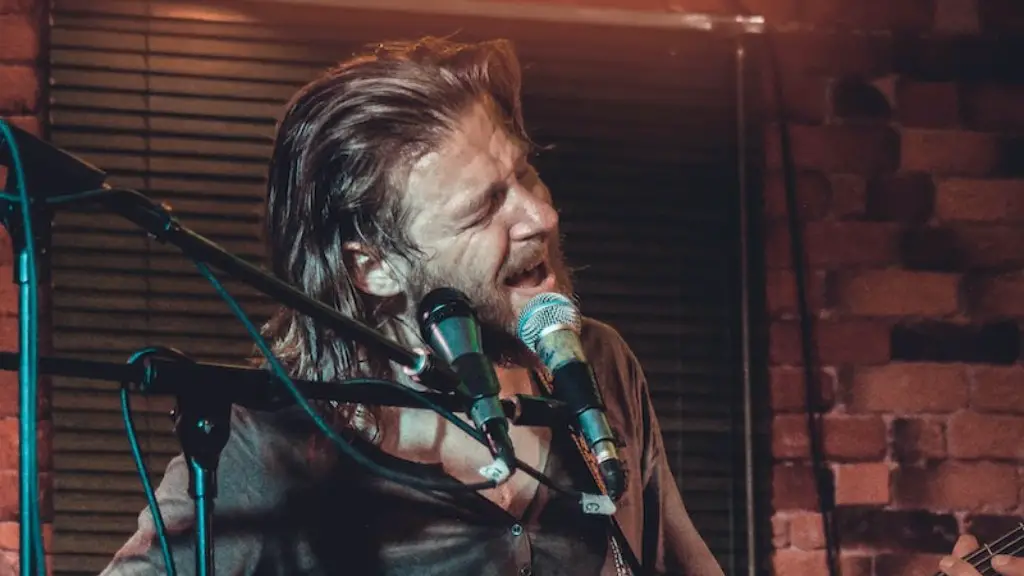Who doesn’t love drawing? Female anatomy is one of the most inspiring and creative art forms. With the right guidance and practice, anyone can draw the perfect female figure. From simple tips for basic sketches to more advanced shading techniques, here’s how to draw a female anatomy.
To start, it’s essential to have the basics down. You’ll need a sturdy pencil, eraser, and paper. Start by drawing simple shapes that are the foundation of the figure such as circles, ovals, and rectangles for the torso, head, limbs and other basic components. Next, draw the outlines of the entire body, following the shapes you just created. Make sure to use light, graceful lines so you can easily erase mistakes. Attach details to the outlines you’ve drawn, such as the specific proportions of the body and face, the position and direction of the body, and the length and thickness of the limbs and neck. A great way to give your female anatomy drawing dimension and texture is to add shading and texture to your drawing.
Shading is all about the highlights, shadows and midtones, and with practice, you’ll be able to learn how to bring your female figure to life. To produce realistic shadows and highlights, use a blending tool like a kneaded eraser or a blending stump to smudge and soften the highlights and shadows. To create a believable 3D effect on your drawing, you’ll also need to learn how to use modifying hatching, crosshatching and stippling. Hatching is made up of many lines drawn close together in the same direction to create the illusion of texture and depth. Crosshatching is similar to hatching, but instead of lines moving in one direction, the lines move diagonally or in different directions to get a realistic texture. Finally, stippling is made up of small dots that are grouped together to create highlights and shadows.
The clothes your female figure wears also add dimension and often help convey the character’s personality. Draw the clothing with the same techniques you use to draw the figure. Consider the way the fabric looks on the figure, how it folds, how the light reflects off it, the color, and patterns. Use hatching, cross-hatching, and stippling to create the shading.
To give your character expression, draw the eyes, lips and nose with plenty of detail. Eyes can be the most challenging to draw, as they can easily look lifeless if you don’t include details such as creases, highlights, and shadows. Lip shapes are also important and should be drawn with attention to detail. To give your figure a realistic face, you can use guidelines to draw the perfect face shape.
Finally, pay attention to the hair. Draw with ample strokes and give it texture with lines and cross-hatching. Think about the way light hits the hair and how the hair moves and falls. Long hair looks smooth and gentle while short hair has sharper lines.
After your basic figure is drawn, you can start adding the finer details such as muscle definition, wrinkles in the clothing, highlights in the eyes, and shadows around the mouth. It can take time and practice to perfect, so don’t get discouraged. Once you have the basics down, the female anatomy will come to life on the page. With time and practice, you can create stunning figures that will be admired for decades.
